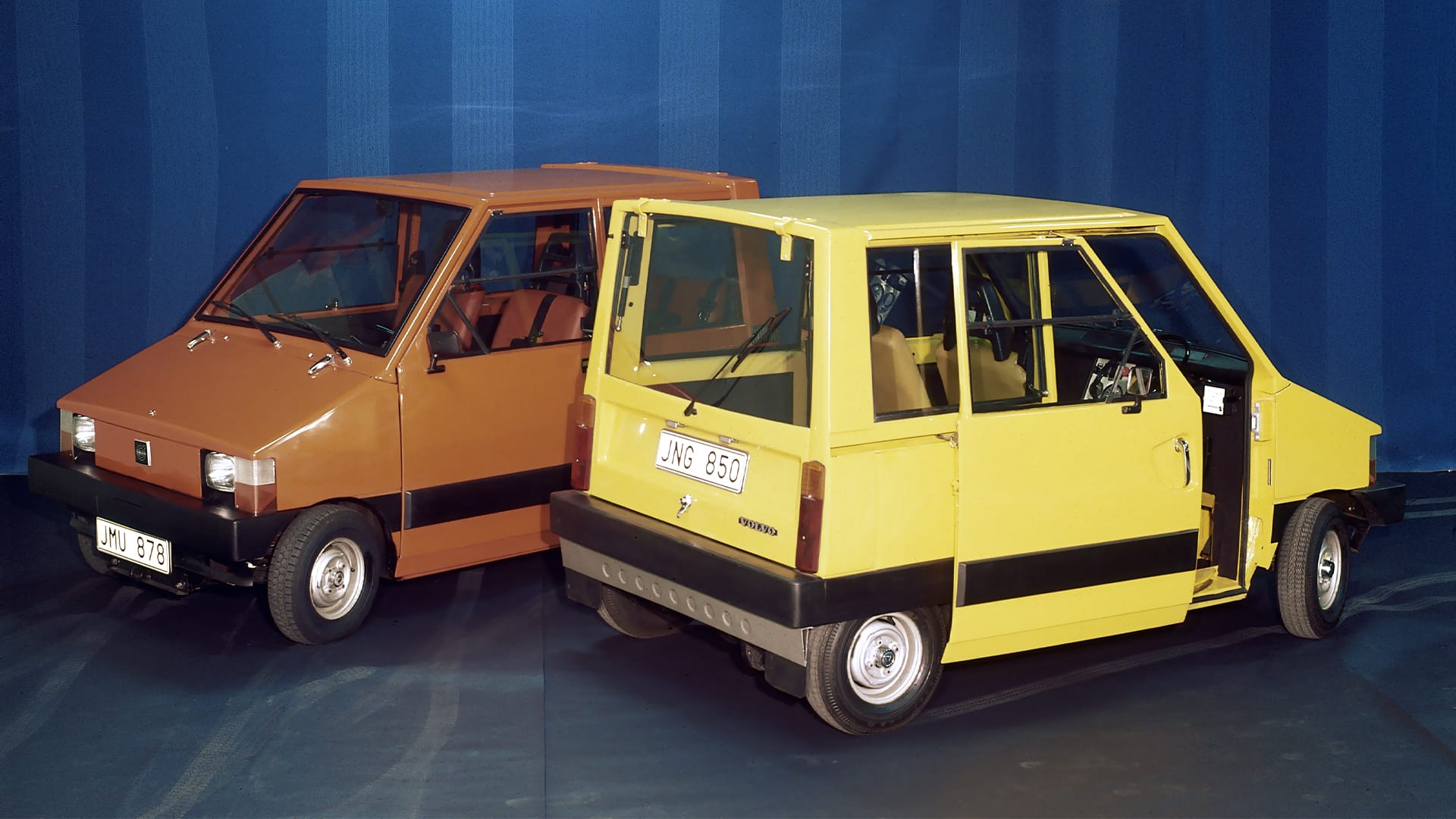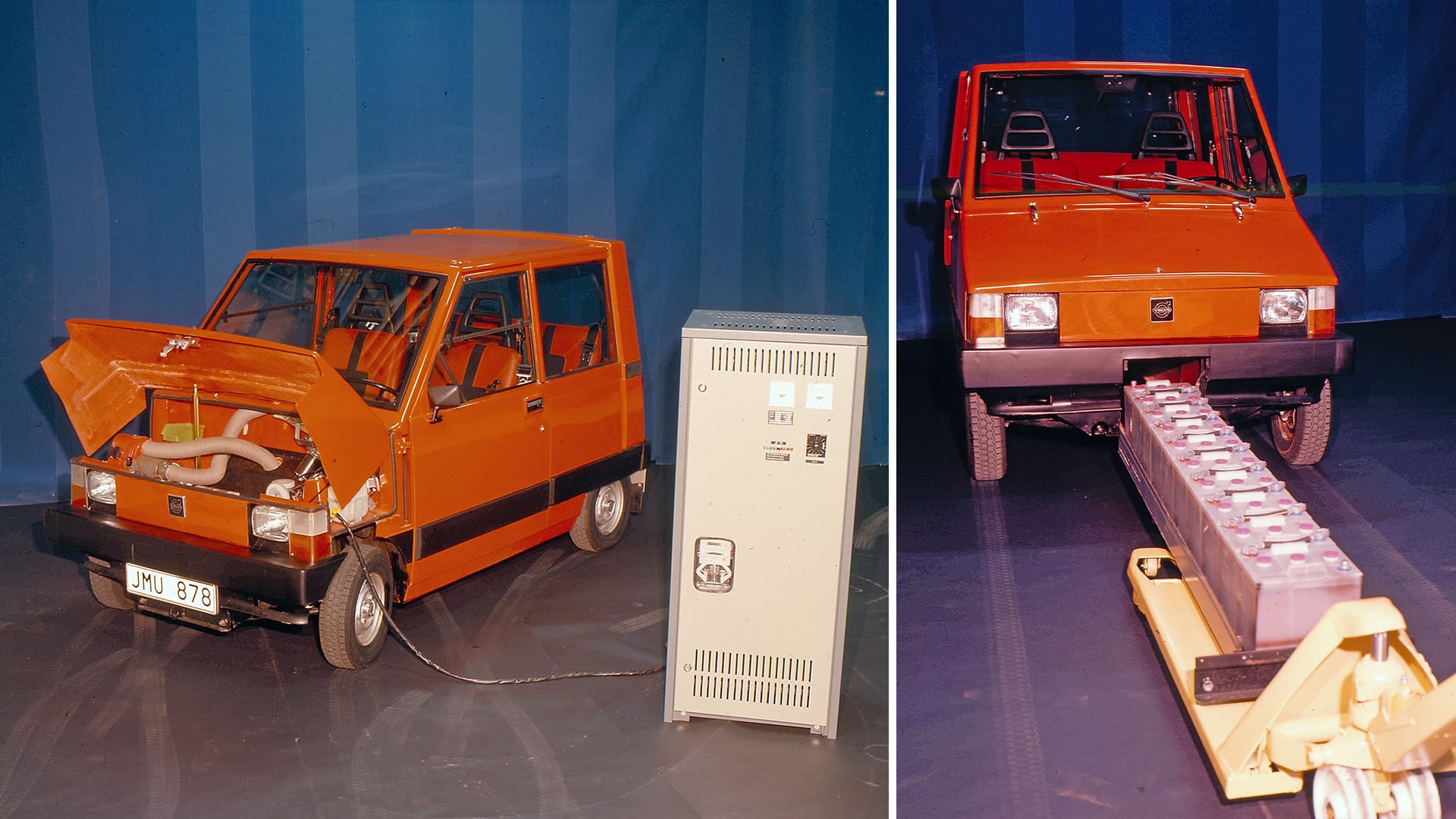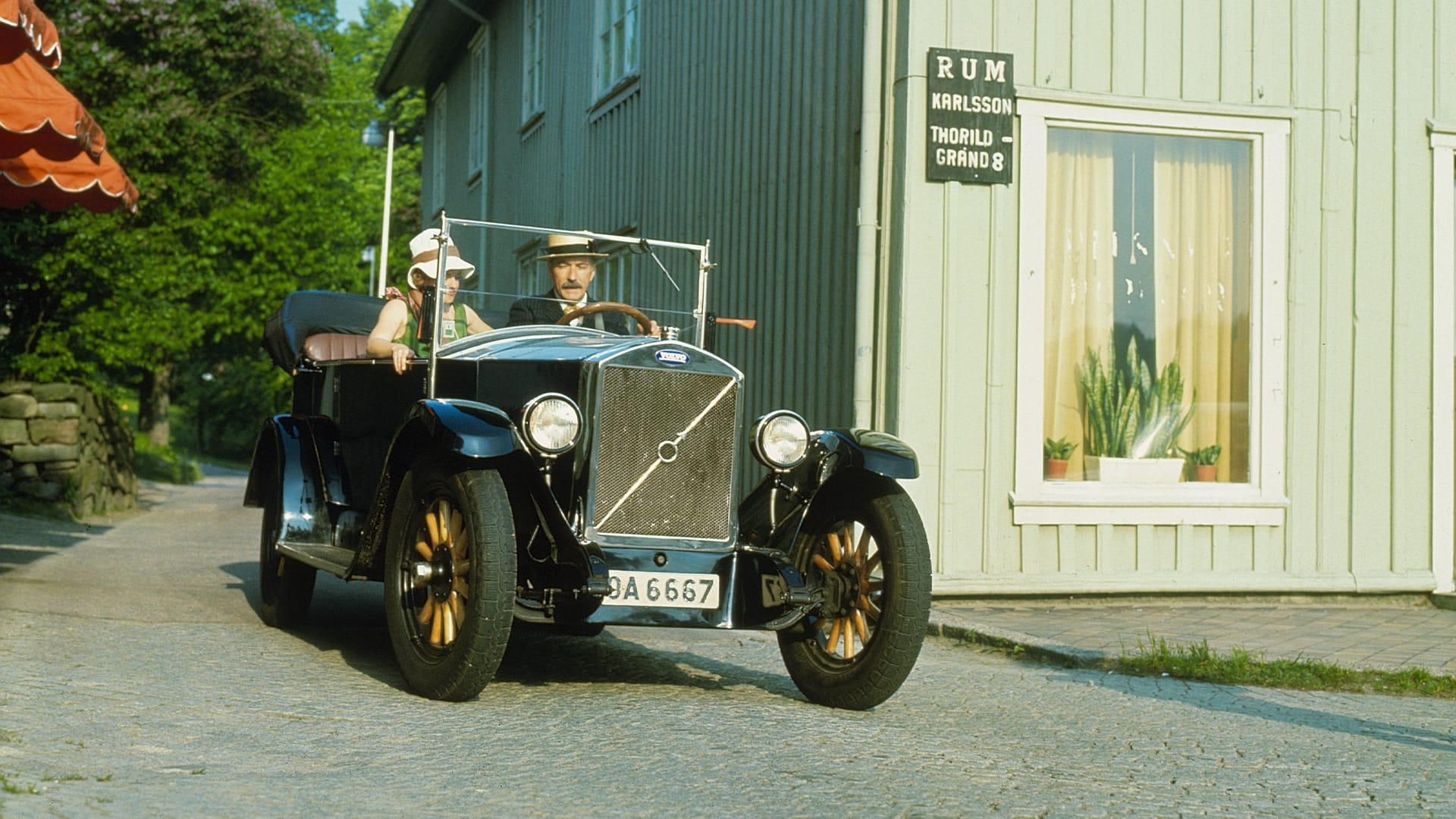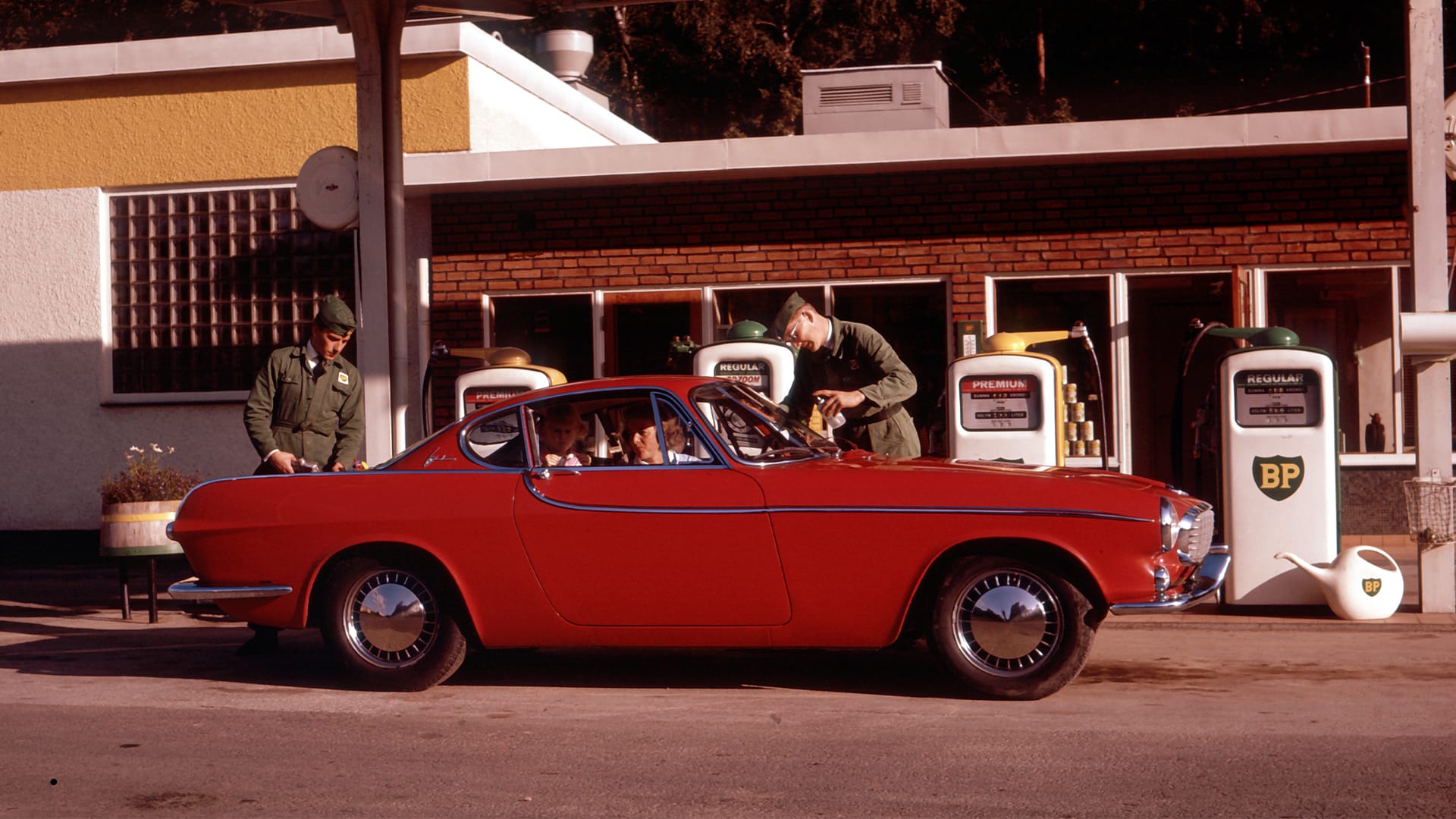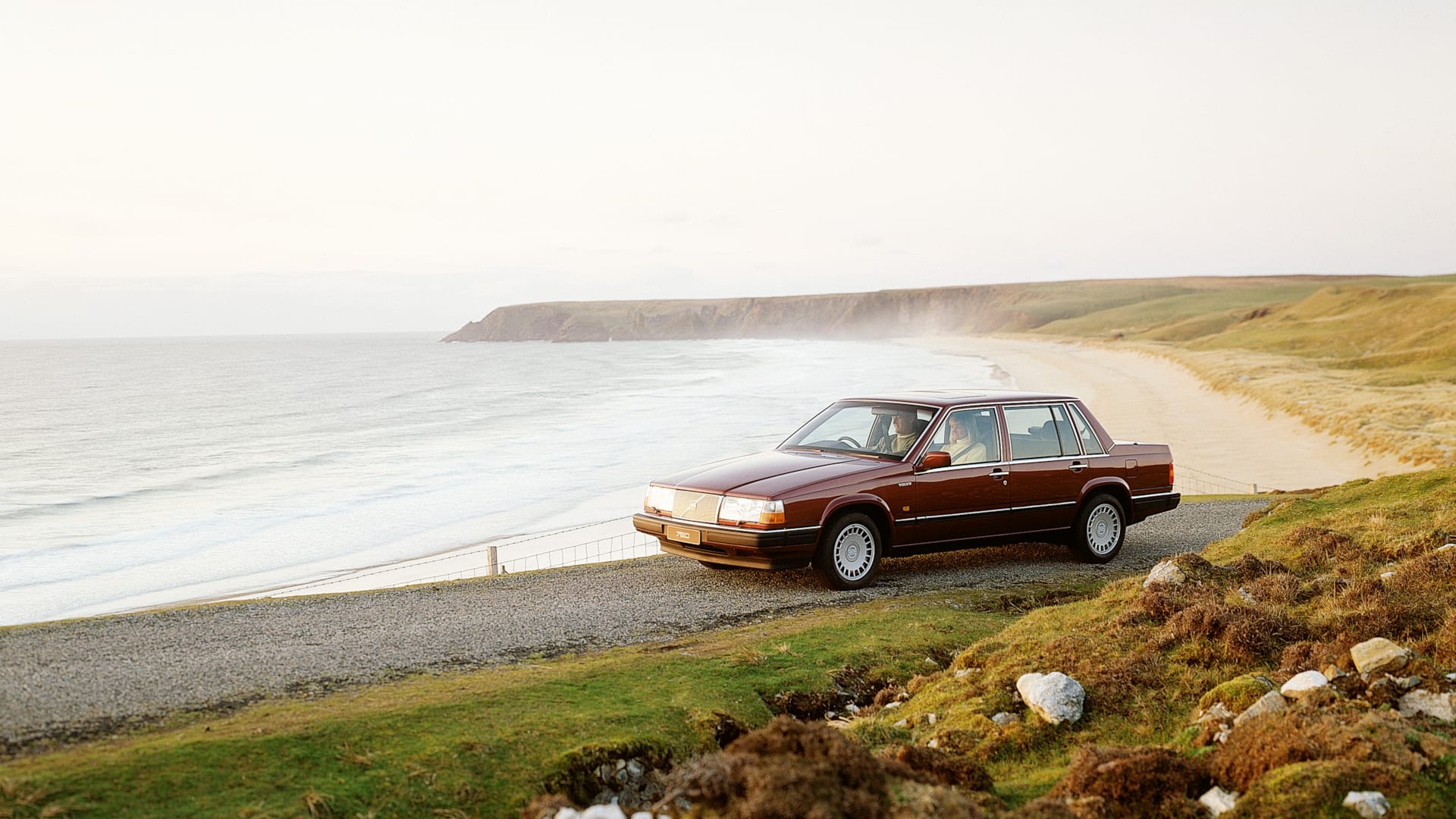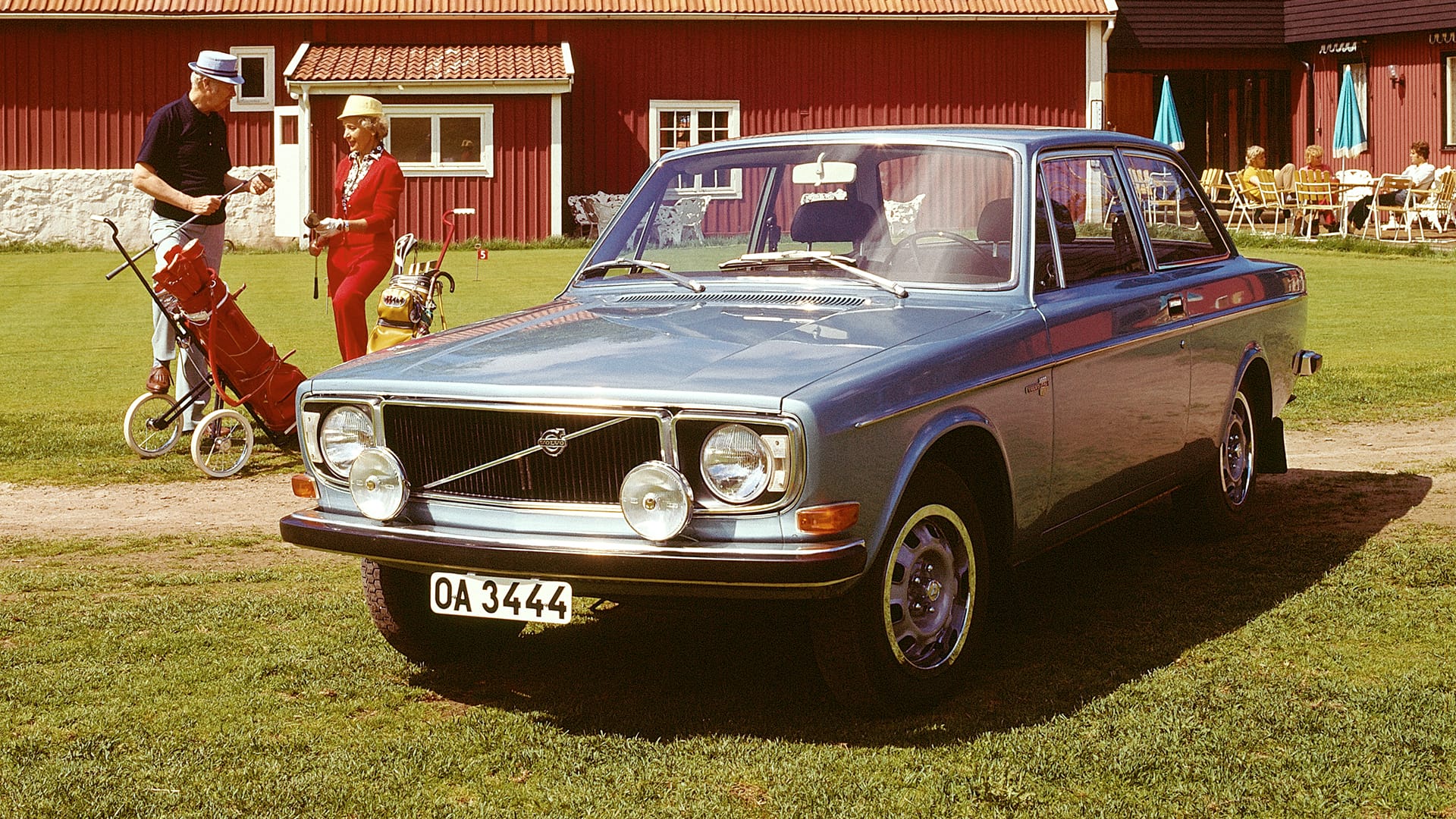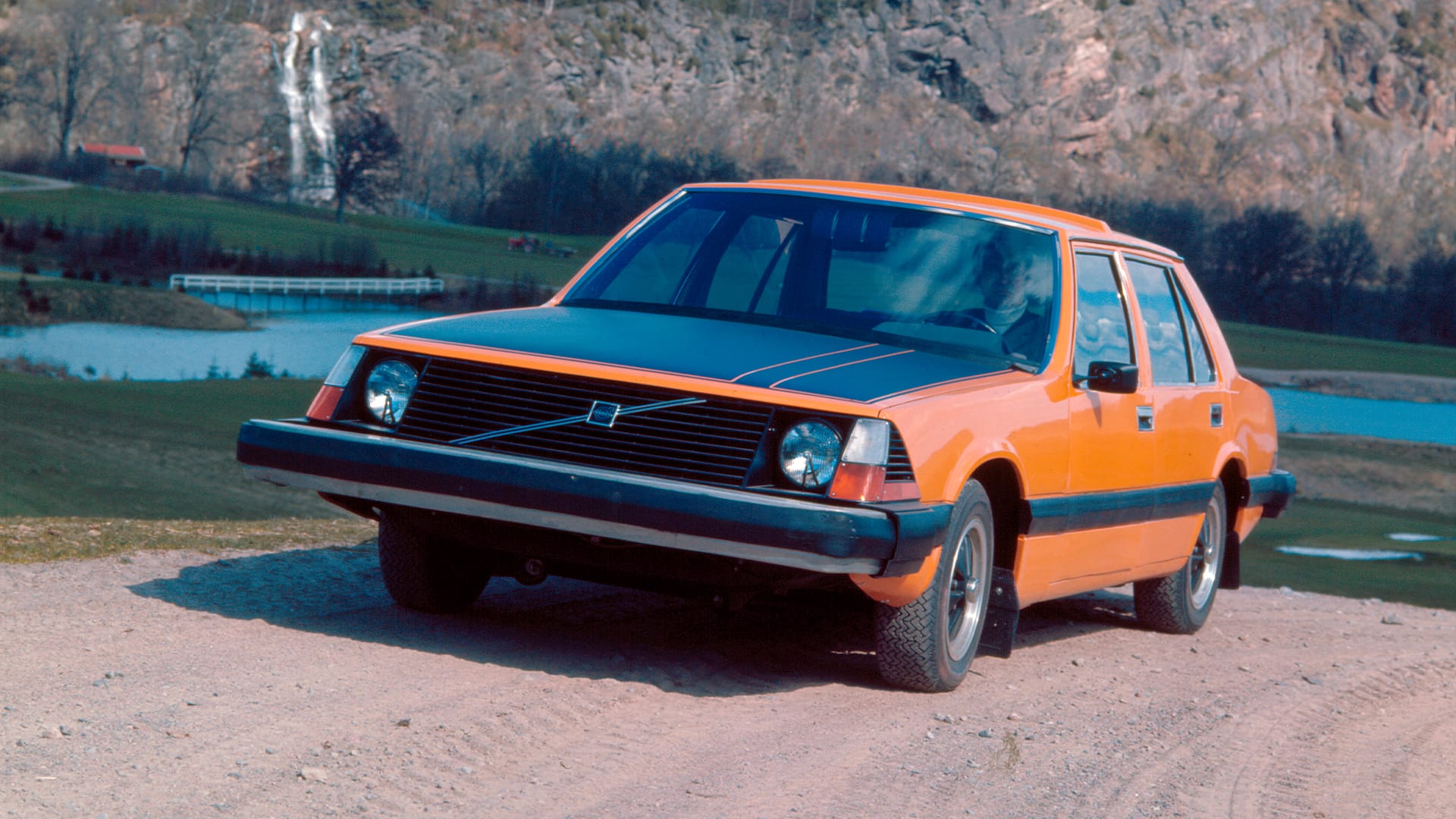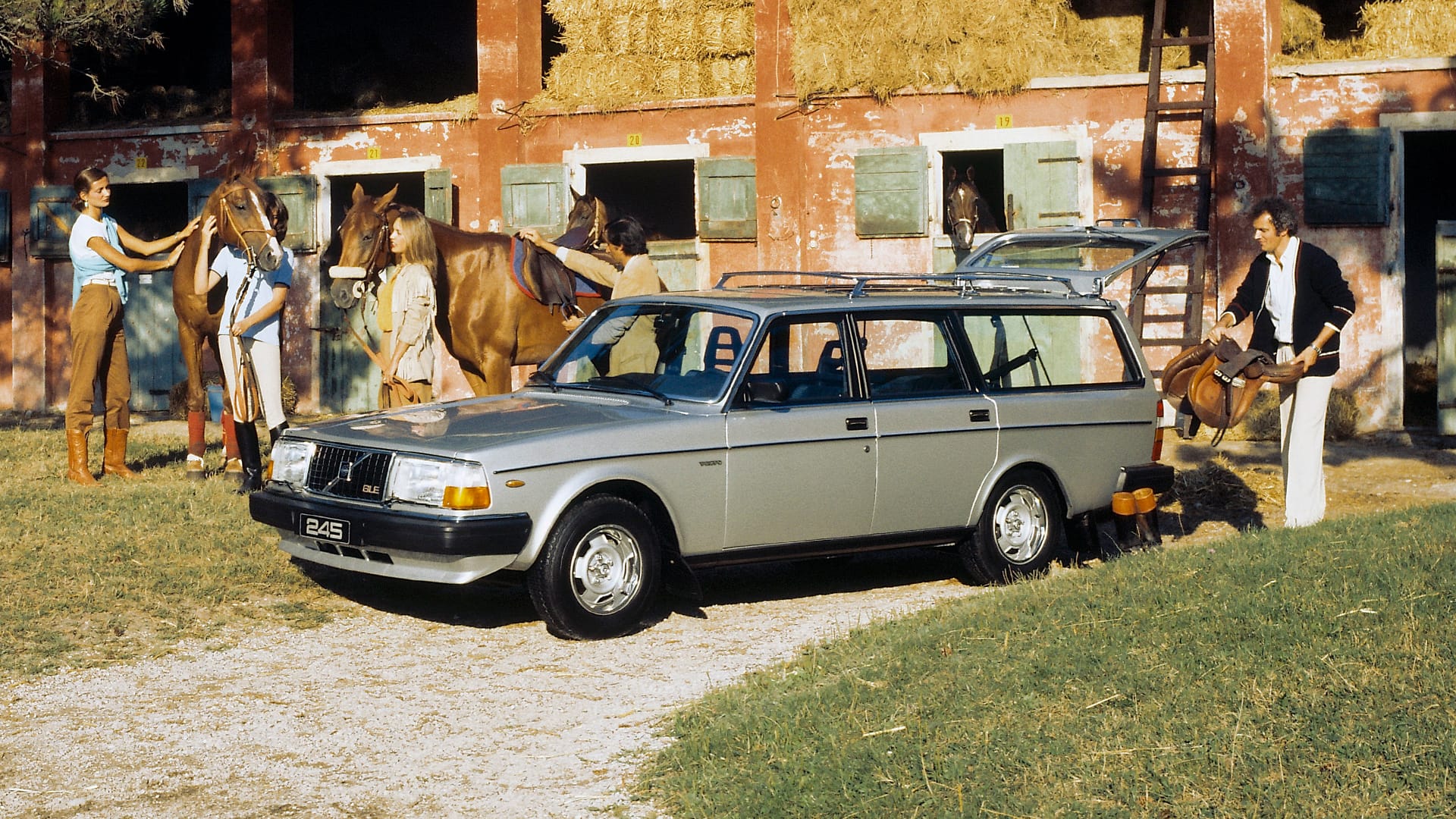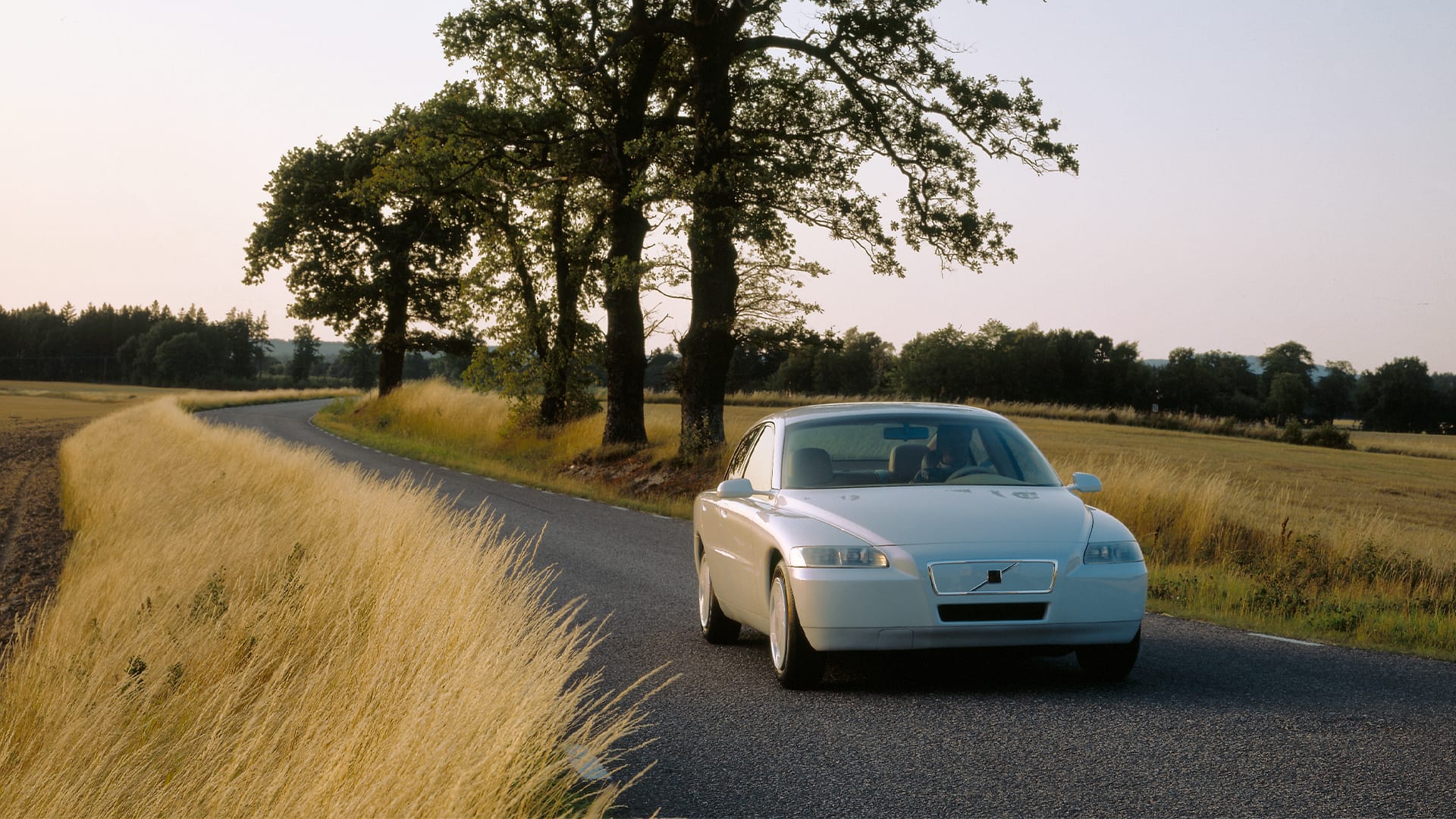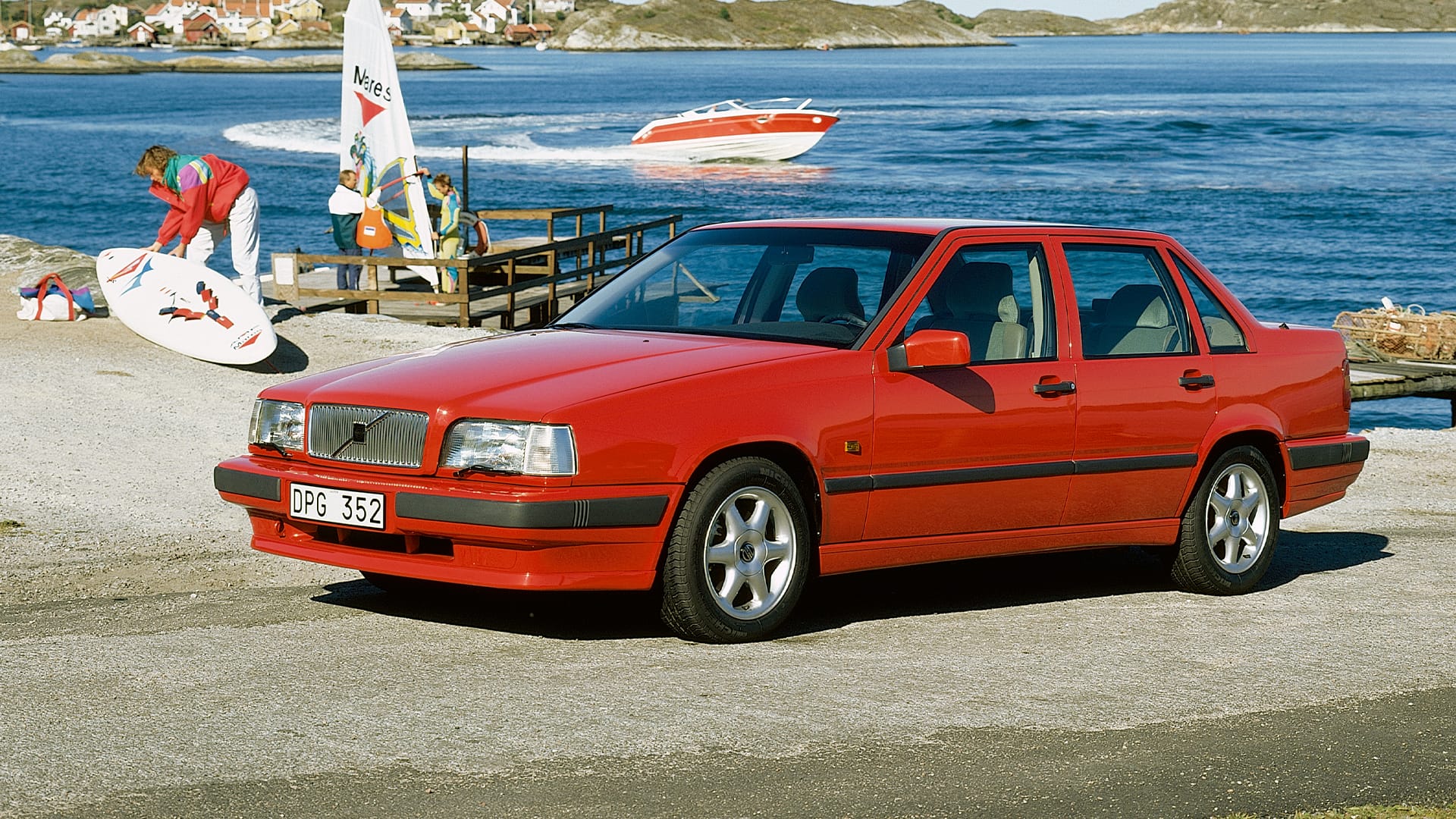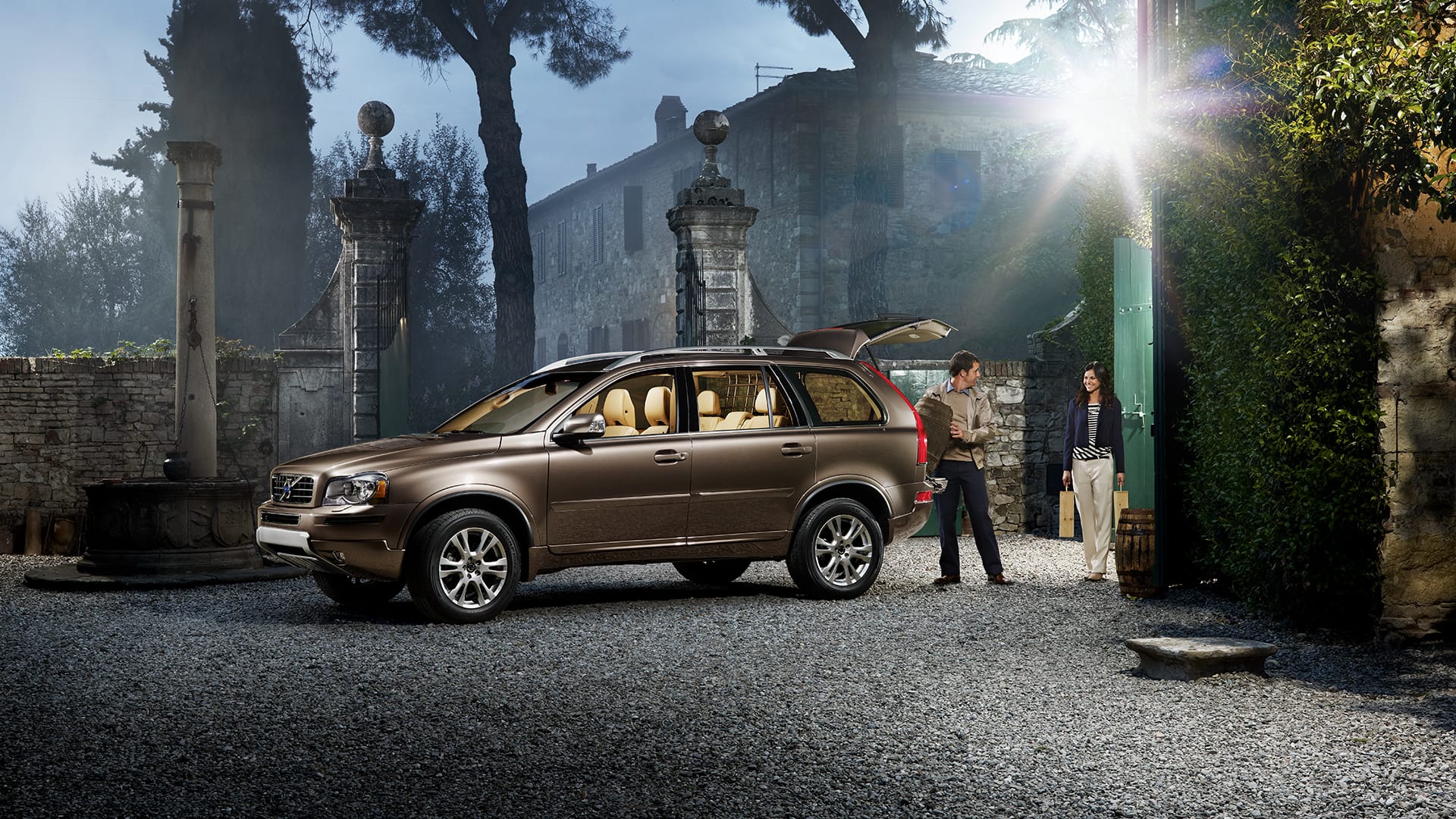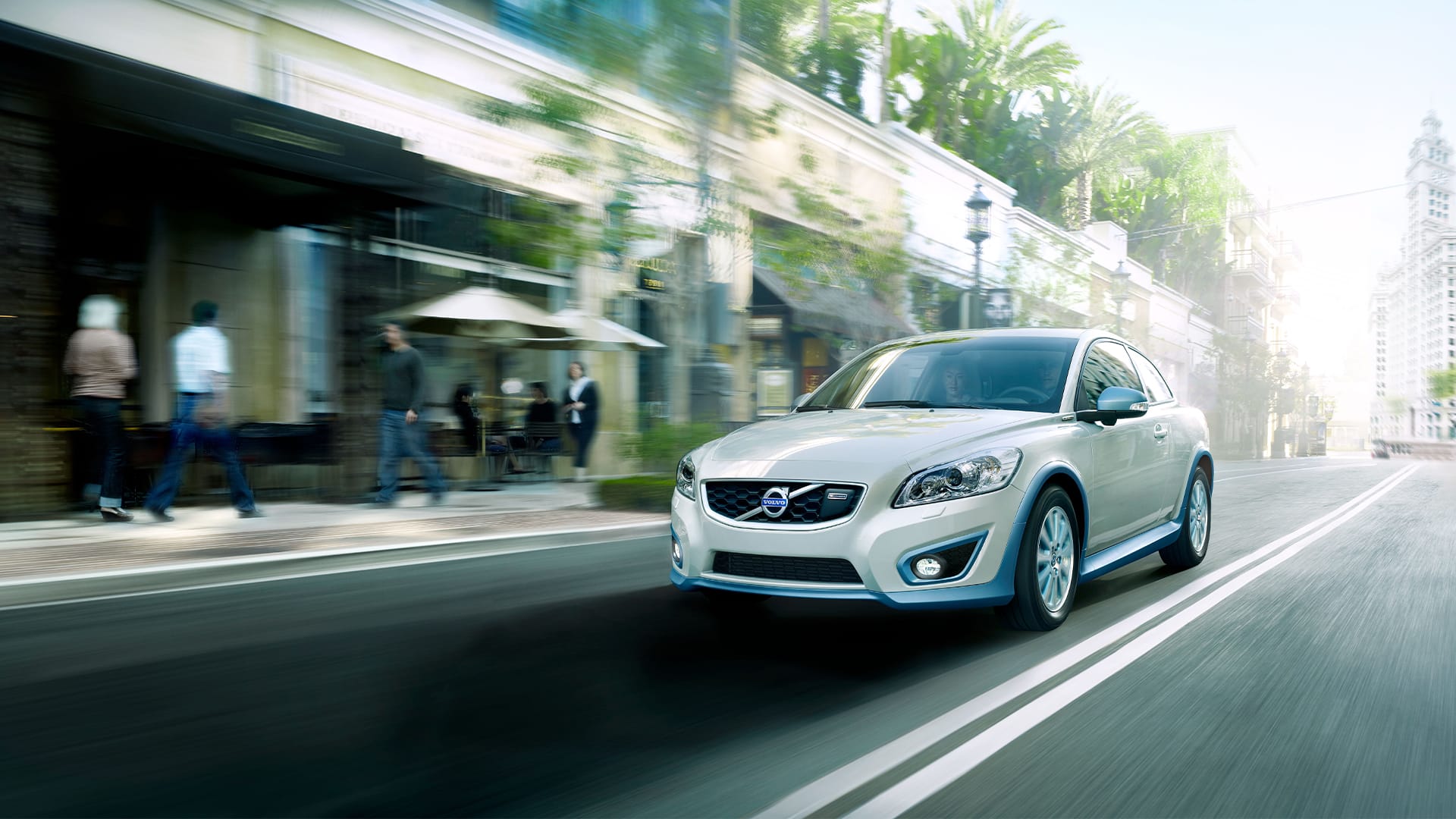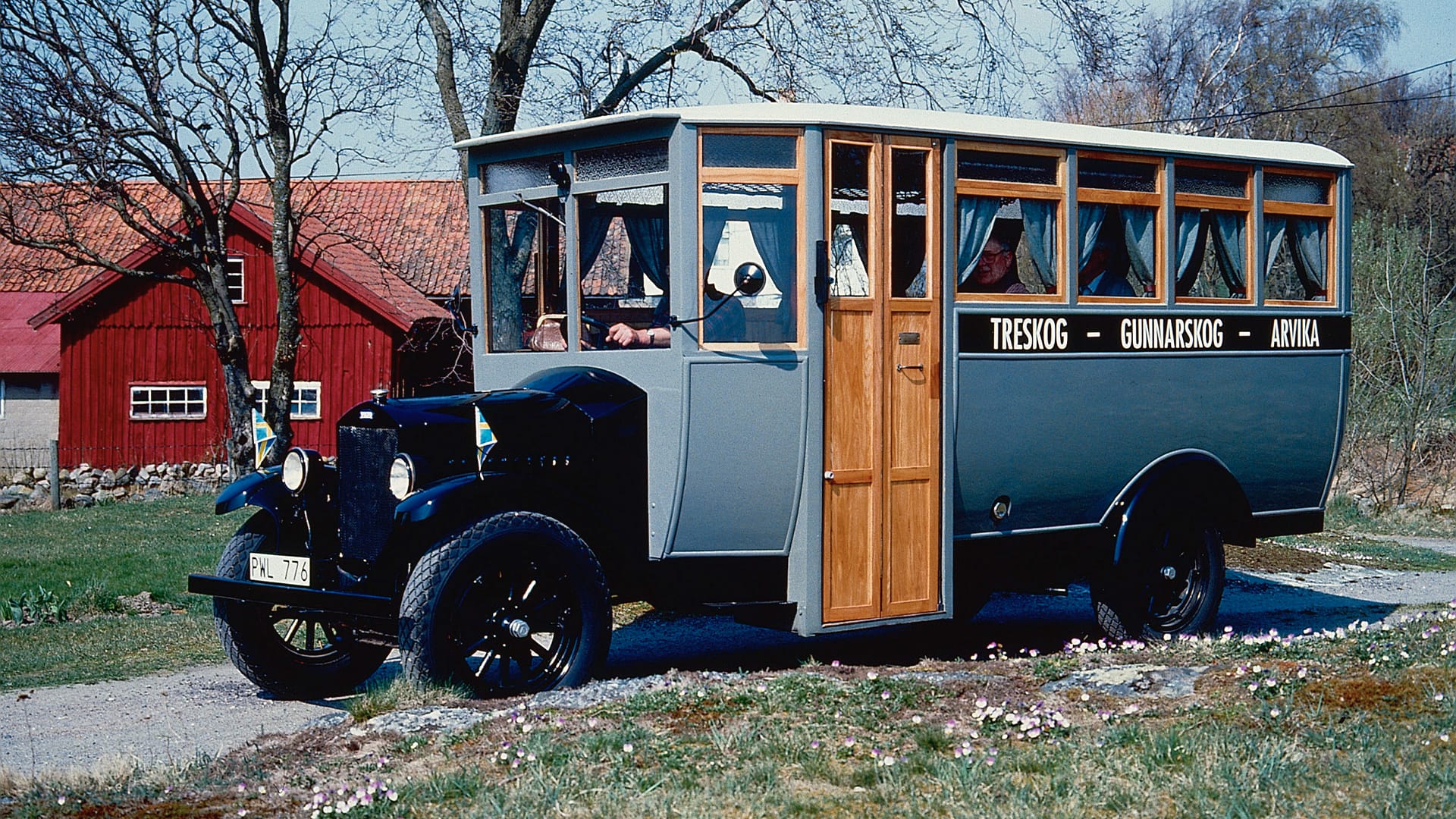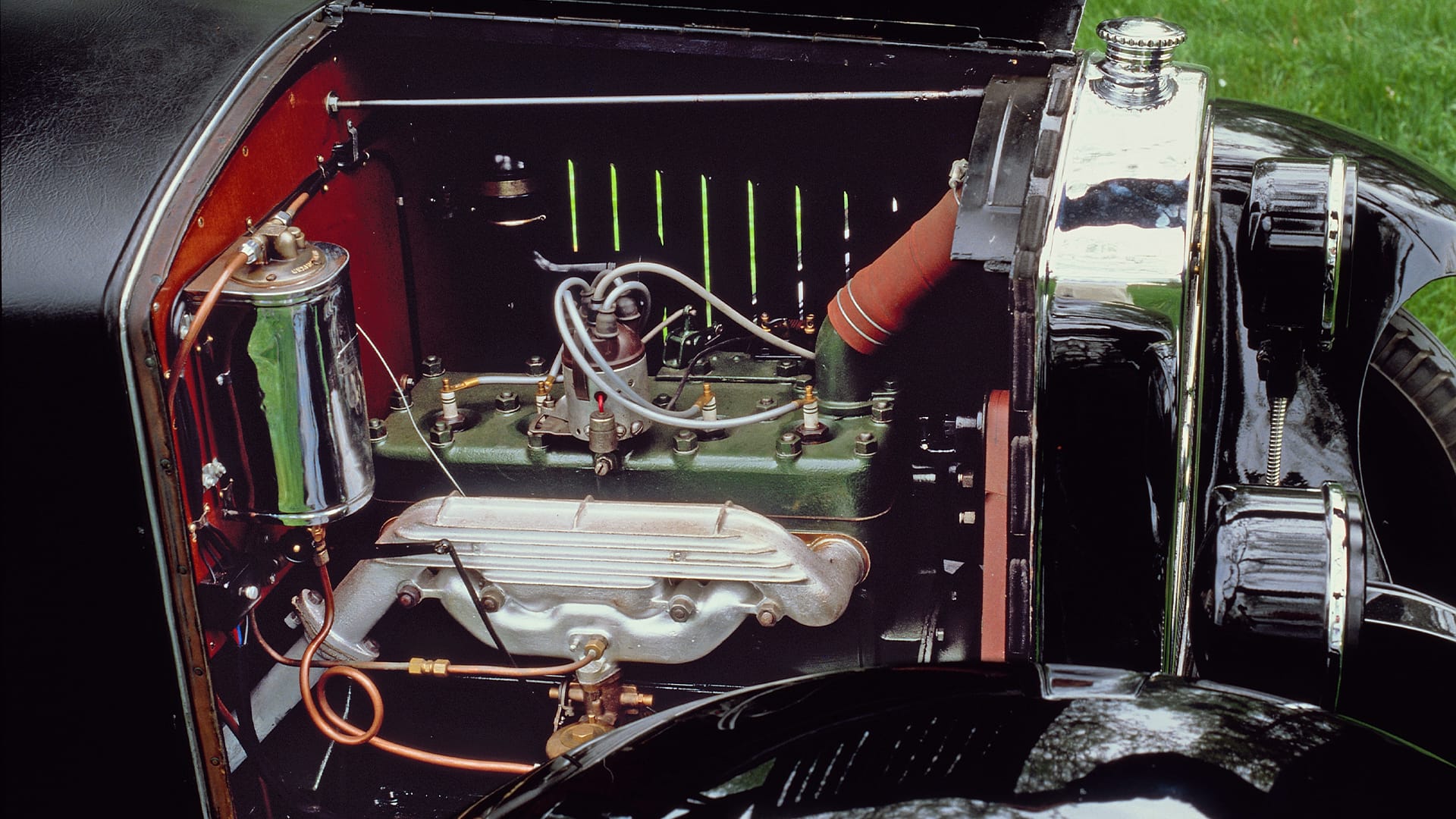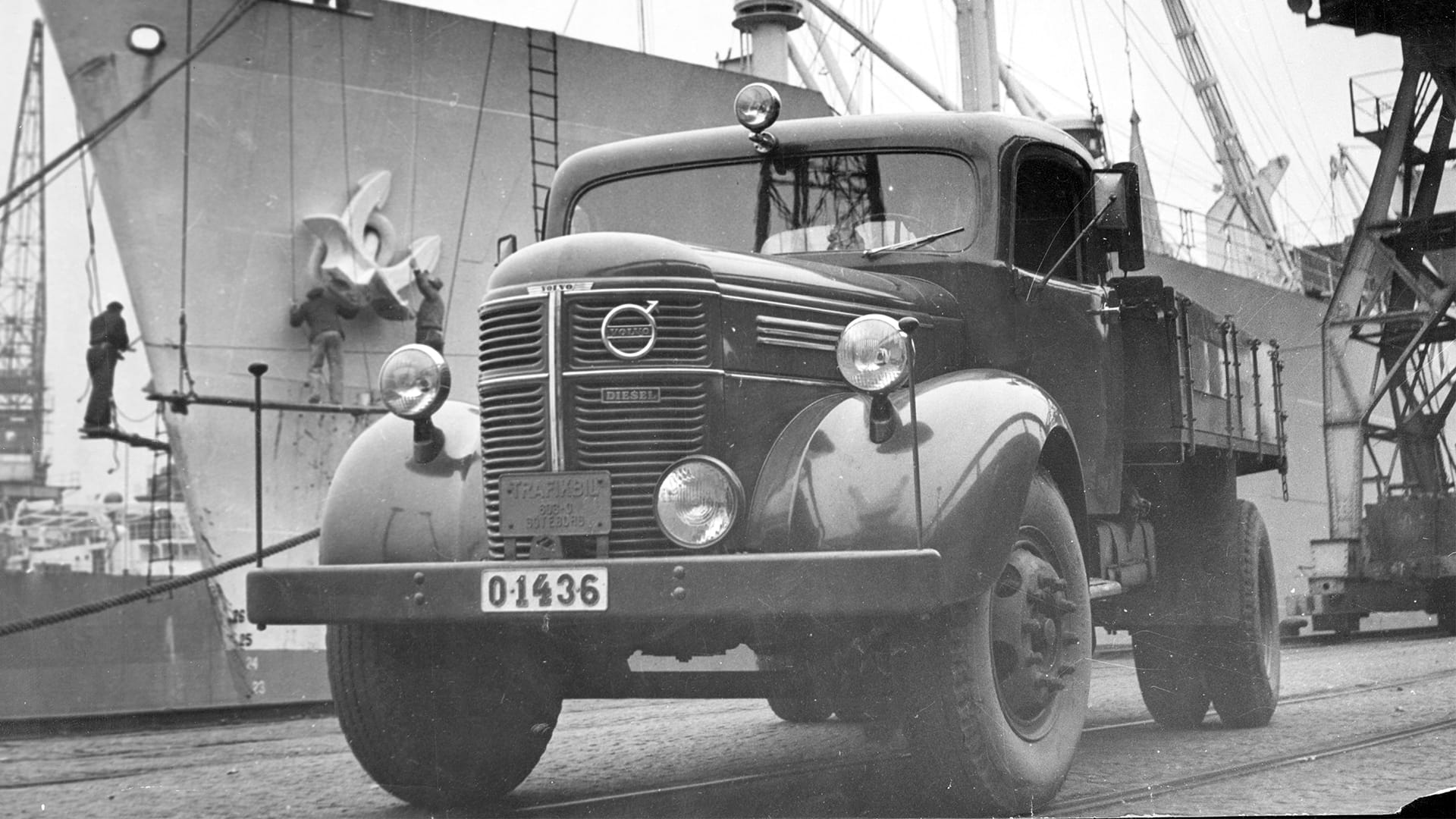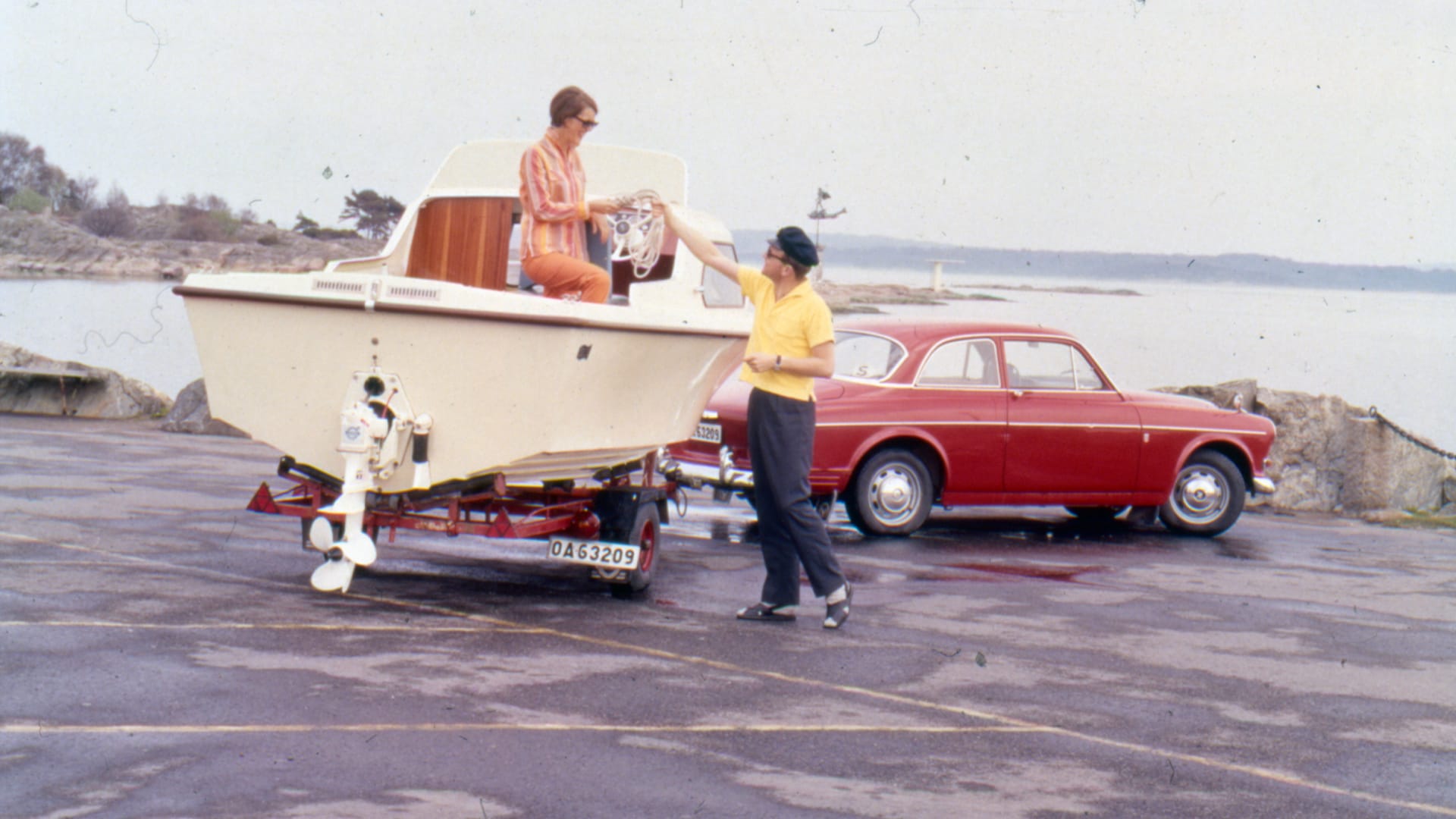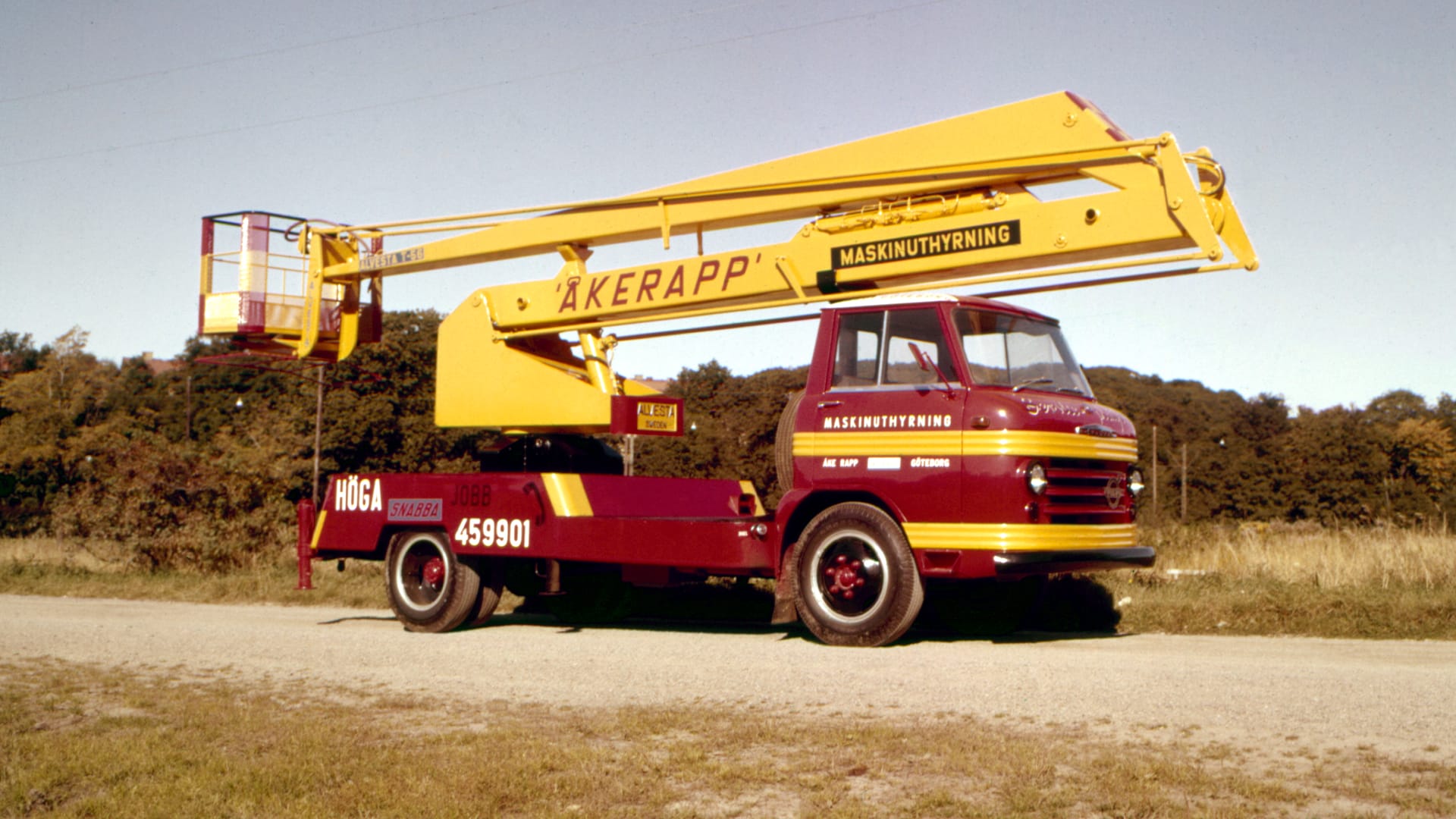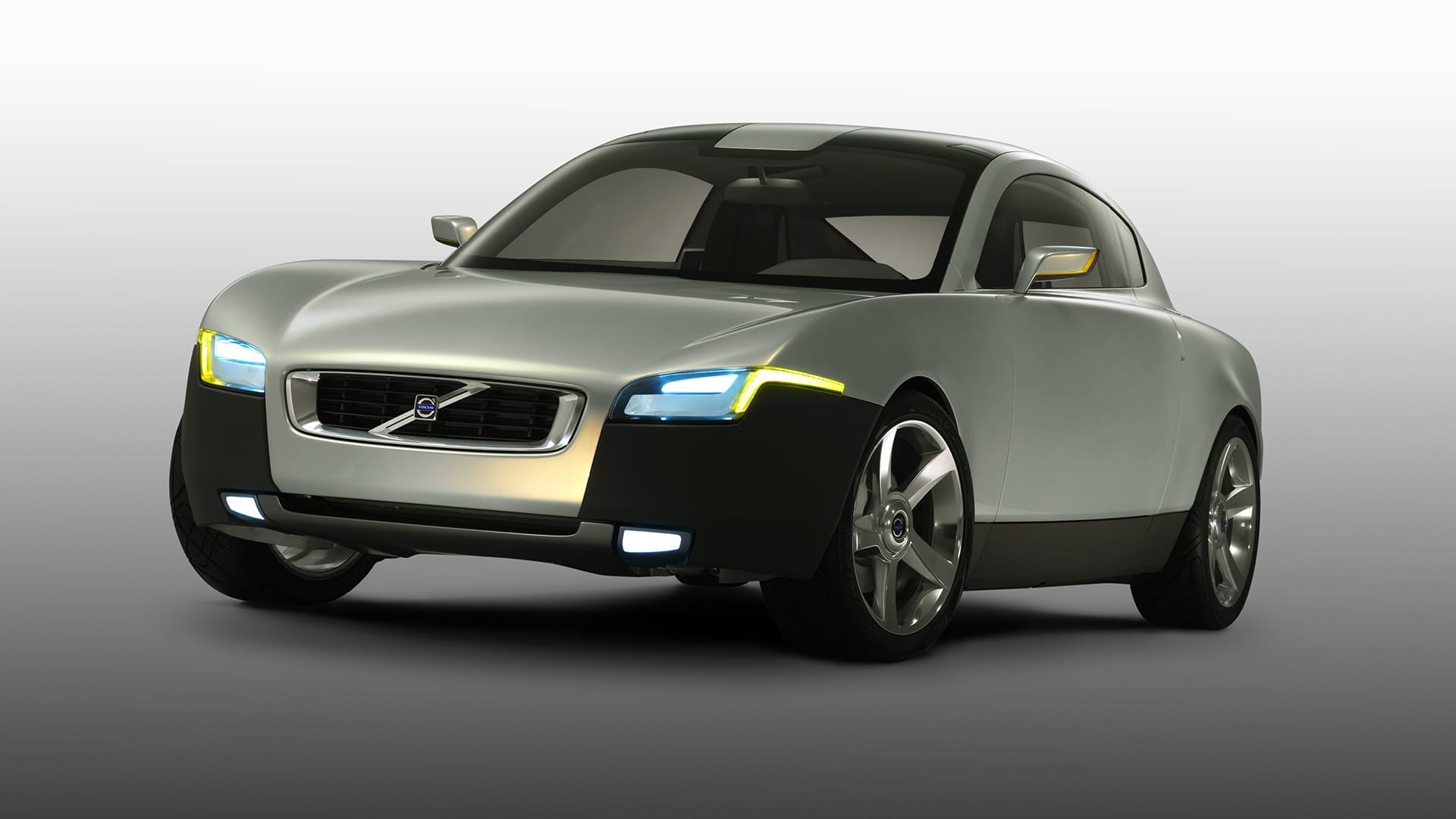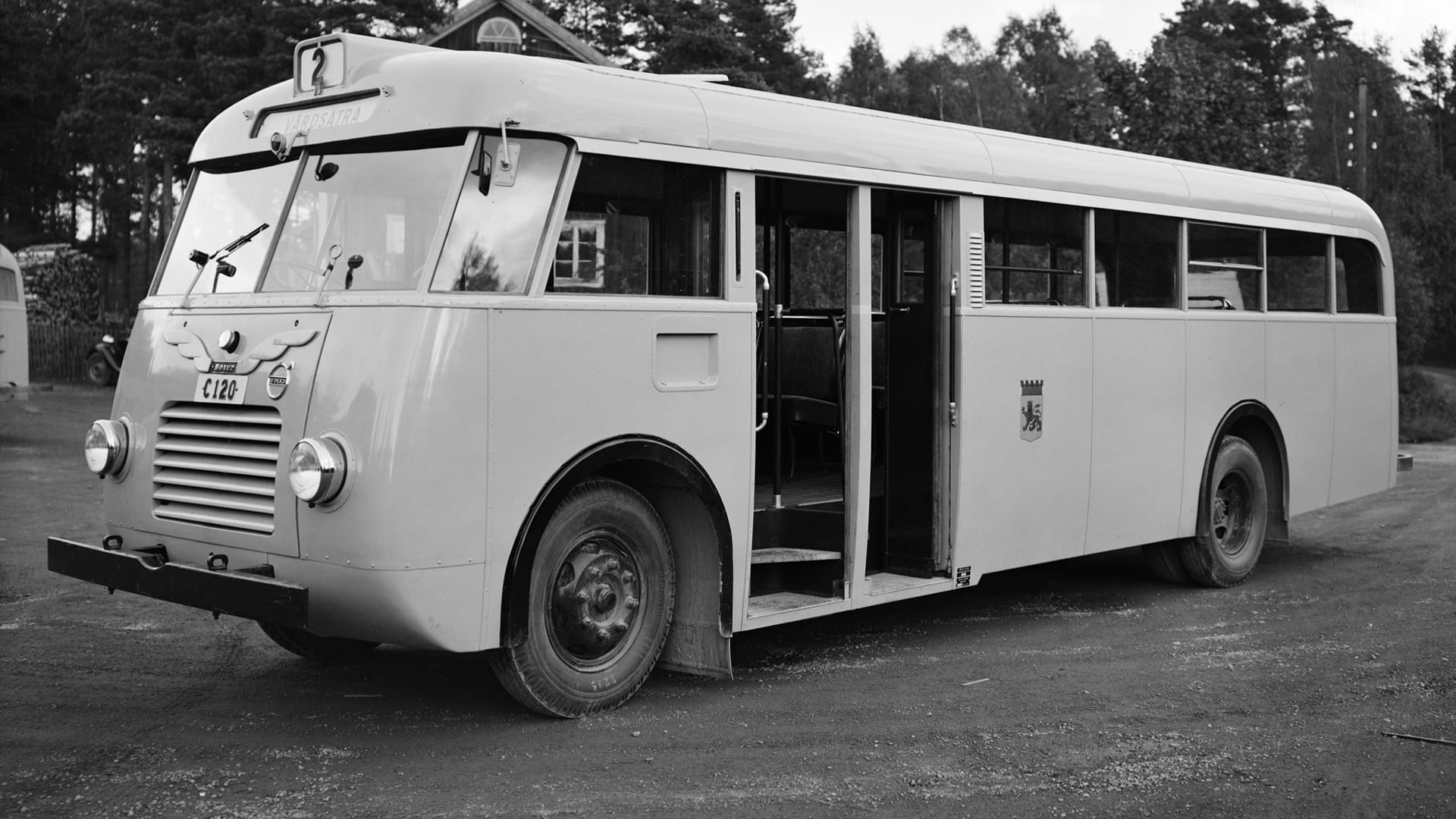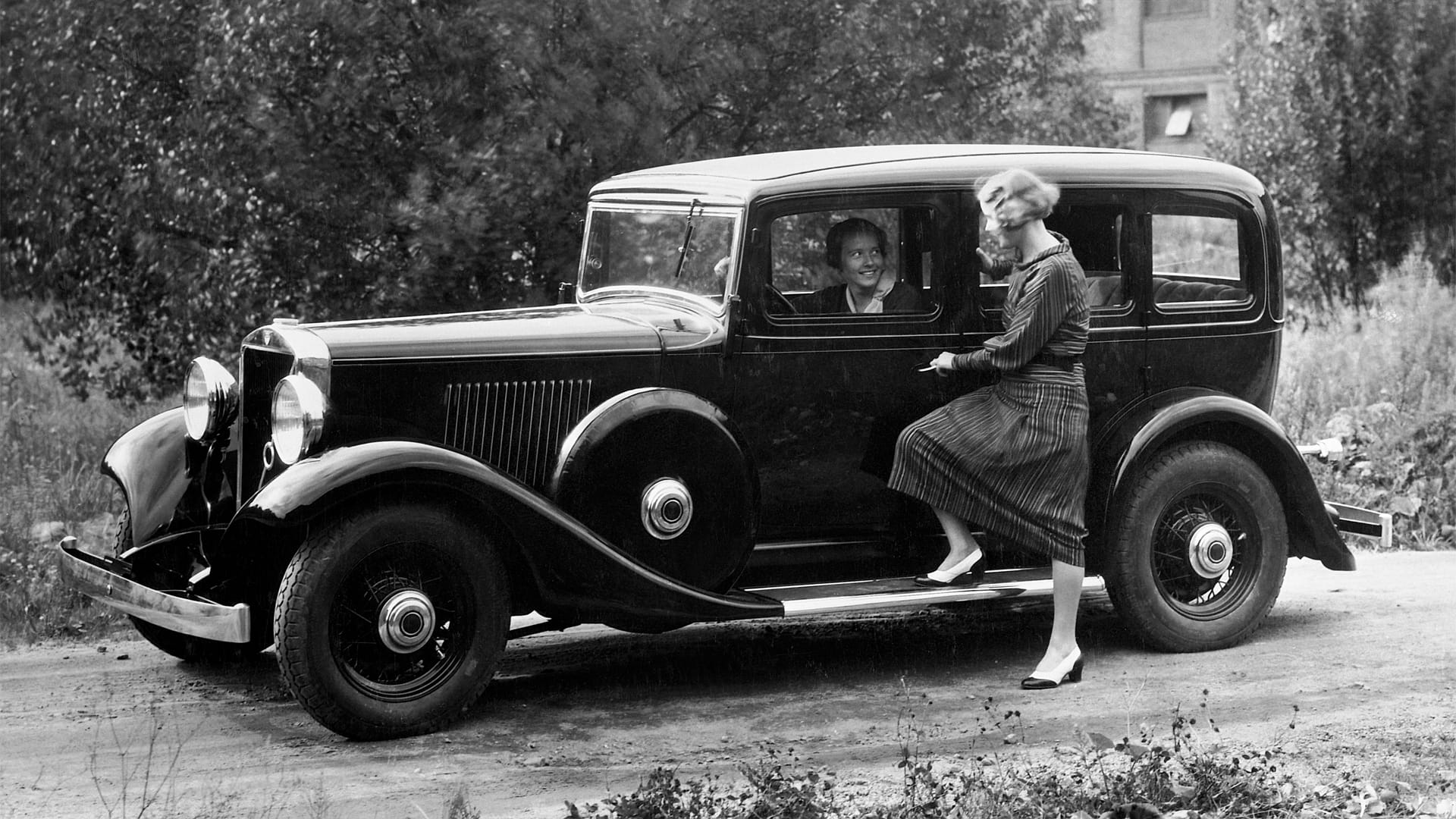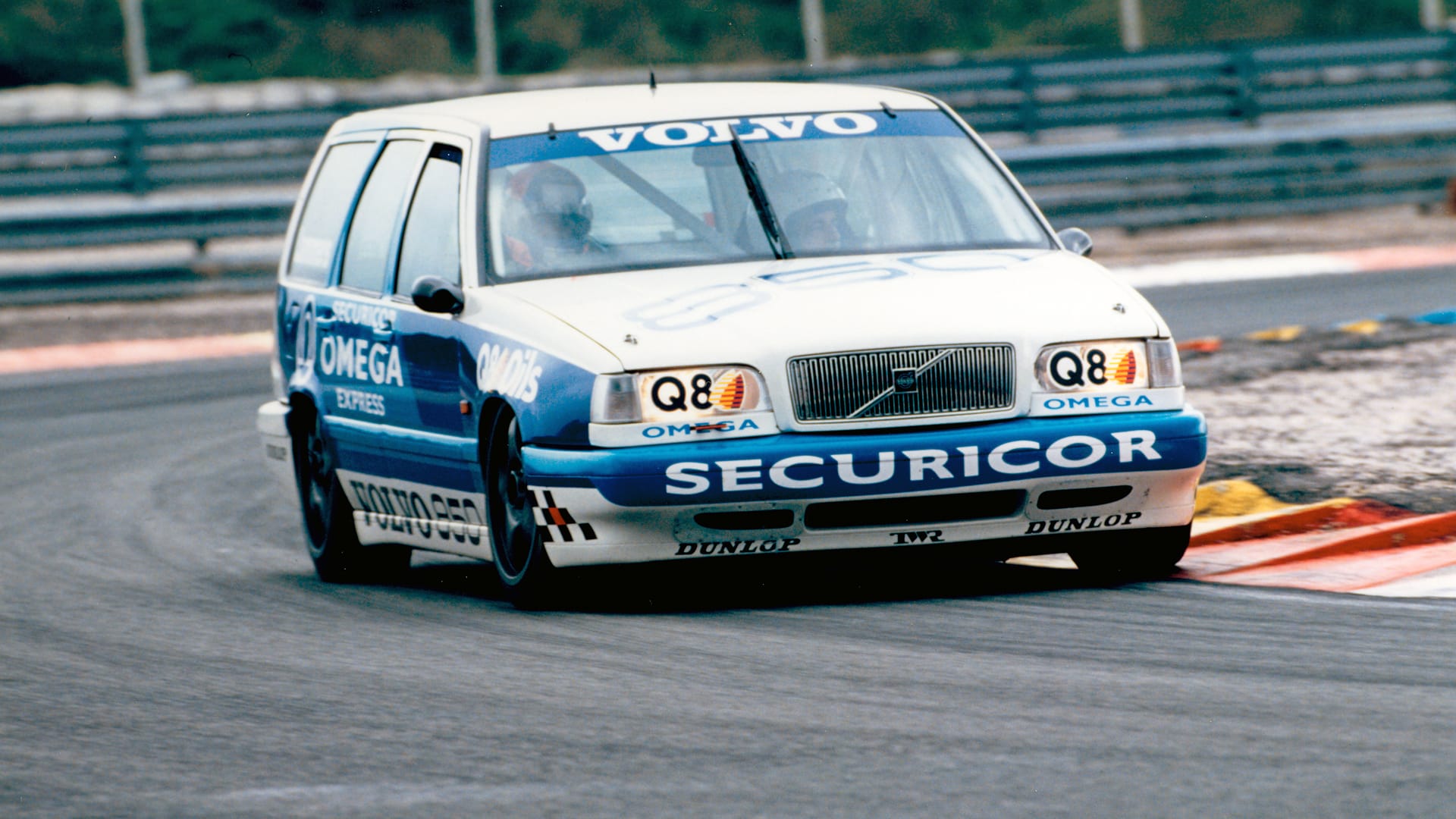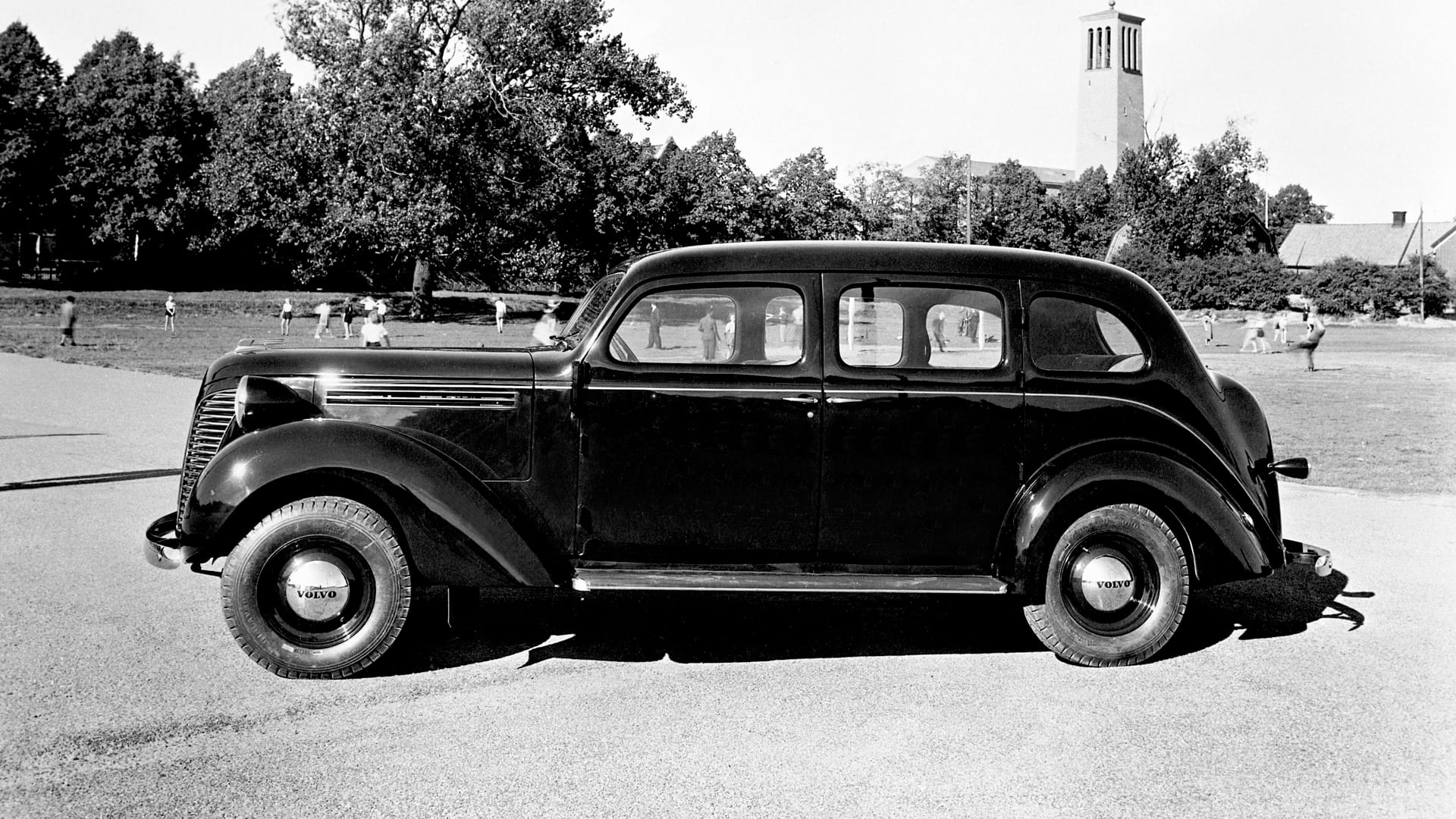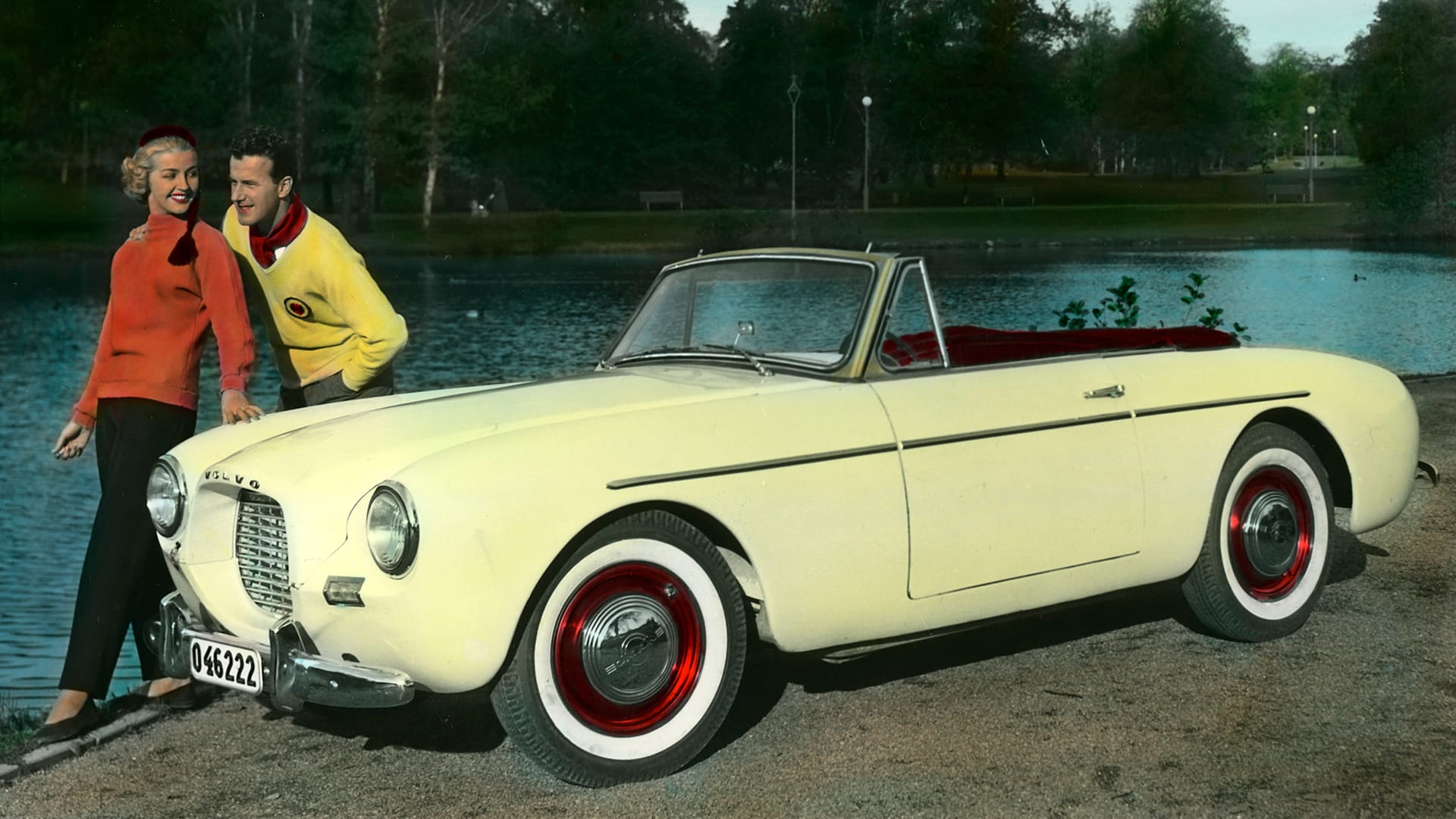Volvo Electric Prototype
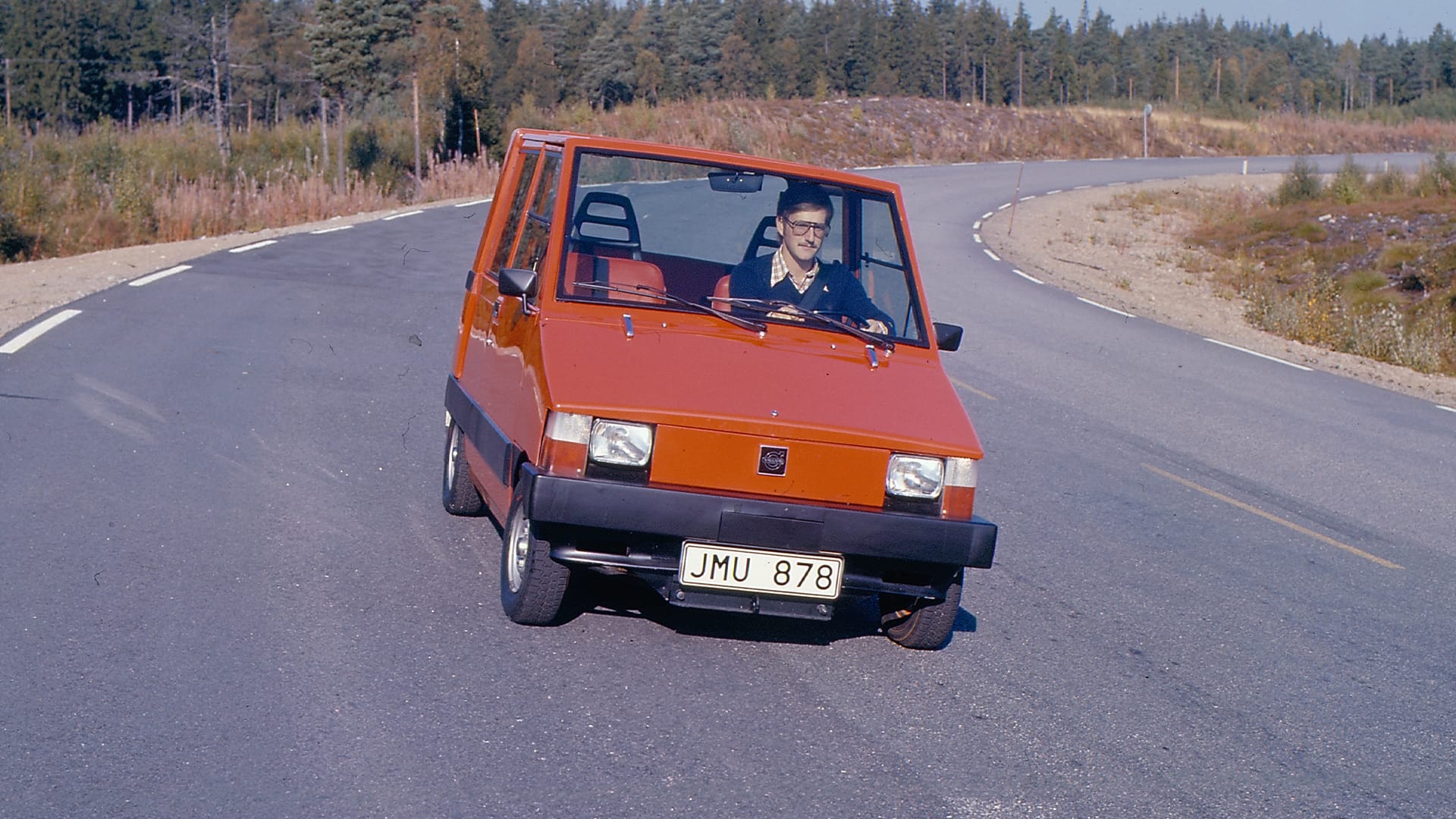
This is the future in 1976
Volvo's very first electric car is manufactured in just two units: a four-seater passenger car and a two-seater delivery van. The development is done in collaboration with Televerket (the Swedish Telecommunications Company), intended as the delivery van for their personnel and mail distribution, while the four-seater version is meant for city driving.
Despite being only 268 cm long, the cars still offer ample space. Three-point safety belts are available in all seats. However, the battery technology of the time provides weak performance: it takes ten hours to charge the 300-kilogram heavy lead batteries, offering only a five-mile range.
Volvo's first electric cars are never intended for mass production but should be seen as demonstration models, showcasing a serious commitment to environmental efforts. The first United Nations environmental conference in 1972 marks a turning point in environmental awareness and after the 1973 oil crisis, many car manufacturers begin experimenting with small, energy-efficient city cars, some of them electrically powered.
Two versions
Volvo's first electric cars come in two versions: a city car, accommodating four people with safety belts for all, and a delivery van with two seats and a cargo area. The two cars demonstrate the major drawback of electric cars at that time: the batteries are inadequate. Volvo's electric car features twelve 6-volt lead batteries, tucked under the floor. In hindsight, one might speculate about the feasibility of a battery-swapping system, which manufacturers invest in much later.
Lead batteries
Lead-acid batteries are invented as early as 1859 and power electric cars when they first gain popularity in the early 20th century. Over the years, lead-acid batteries see only marginal improvements. Another technology for rechargeable batteries is nickel-cadmium, invented by the Swede Waldemar Jungner in 1899. The technology has several advantages and is used by Volvo in the Environmental Concept Car (ECC). However, the toxicity of the heavy metal cadmium eventually halts the production of this type of battery. The first hybrids from Toyota use nickel-metal hydride batteries, as does General Motors' electric car EV1.
New batteries
But the breakthrough for electric cars comes when car manufacturers invest in lithium-ion batteries, which initially appear in mobile phones and laptops. Today, the technology is used by most battery manufacturers for electric cars, but intensive research is underway for technologies with better performance. Interest in electric city cars has also awakened, in line with the debate about the environment in major cities. A brochure from 1976 emphasizes the importance of charging batteries with climate-neutral electricity.
Thyristors
A car like Volvo's electric prototype from 1976, with better batteries, could meet the transportation needs of many. The Volvo cars are powered by a 13 hp electric motor, integrated with the rear axle. The top speed for this one-tonne car is 70 km/h, while the recommended cruising speed is set at 50 km/h. The two cars have different gearboxes, either an electronically controlled variant of the Variomatic transmission (from the Volvo 66) or a thyristor – a component for speed regulation. The thyristor is one of the three original semiconductors, along with the transistor and diode, and is still used, among other things, in the automotive industry.

